
For years, iPhone users in Korea have looked at Samsung’s Galaxy with envy, as seemingly basic features were considered luxuries to them. But now, with full Apple Pay support, call recording and content transcription, and integrated public transportation payments, the iPhone has become a “real Korean” device.
According to the Korean Herald , on July 22, Apple and T-money officially launched the nationwide transportation payment feature for iPhone and Apple Watch. This is considered the last missing piece, which has made many people call the iPhone an "incomplete" product in the land of kimchi.
The iPhone is a luxury icon, but never "Korean enough"
Typically, Galaxy users can pay at most stores using Samsung Pay’s MST technology, swipe their transportation cards when boarding buses and subways, and easily record calls. iPhone users, on the other hand, always have to make trade-offs.
“I use Galaxy because I have to. Many people think Samsung Pay is just a utility, but call recording is not. In my job, all contracts with customers are done over the phone. If something goes wrong and I don’t record it, I will be held responsible,” said Kim Min-seok, 38, a sales manager at an electronics company in Seoul.
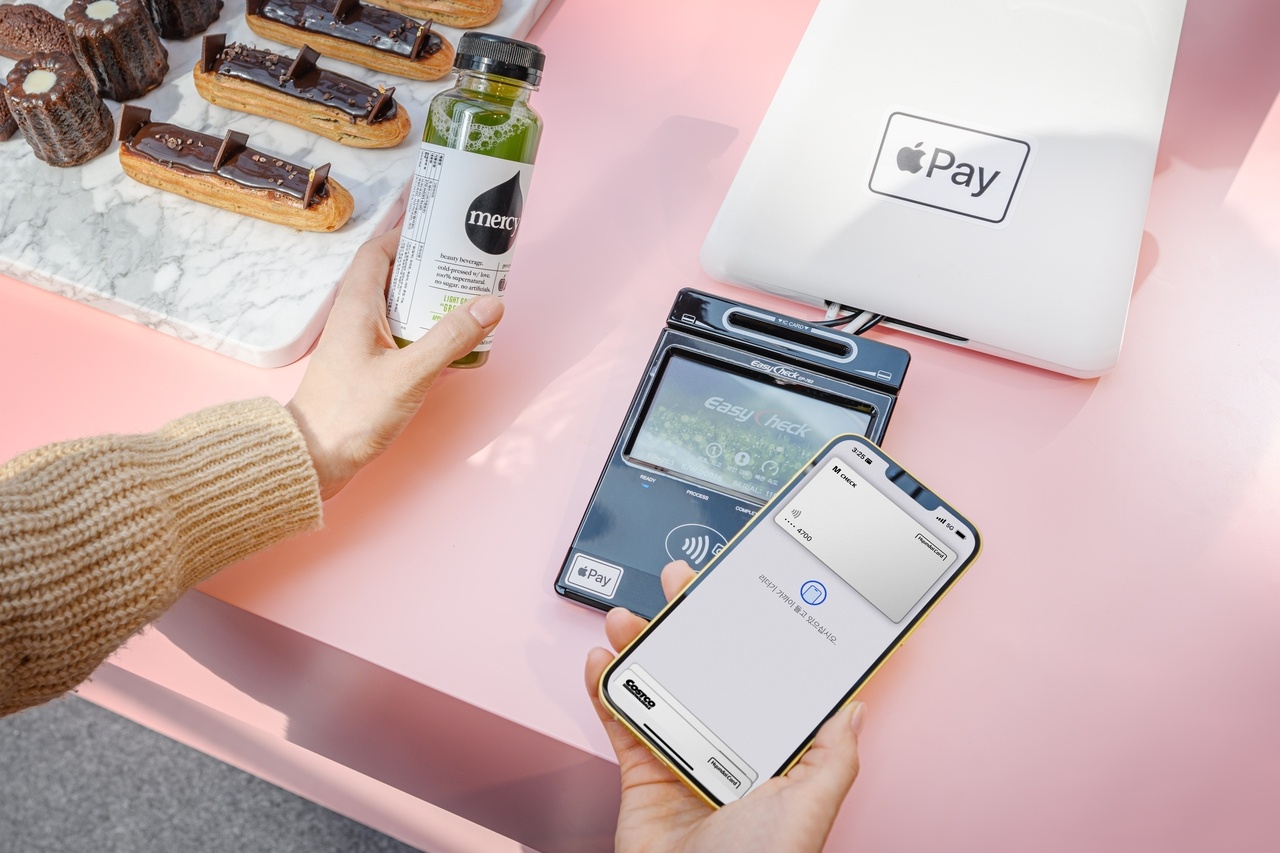 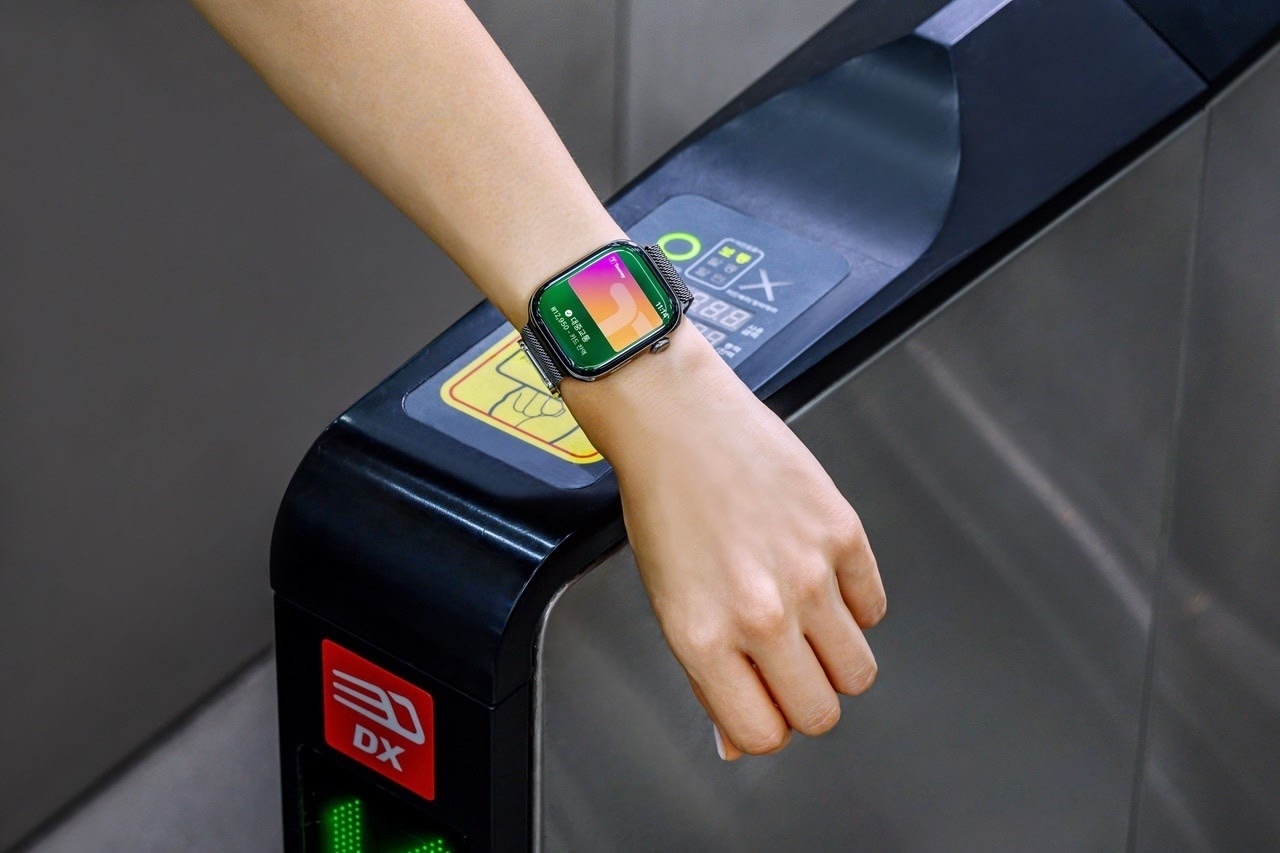 |
iPhone and Apple Watch already support NFC payments for shopping (left) and South Korea's national transportation card system (right). Photo: Apple. |
Unlike many countries, in South Korea, recording calls without the other party's consent is legal and can be used as evidence in court. This is completely contrary to Apple's global privacy policy.
While iOS 18.1 finally added a call recording feature to the default dialer app, the system always notifies the other party, making the feature useless in South Korea.
In October 2023, SK Telecom launched the “A.” app, which allows iPhone users to record calls, receive AI-generated summaries right in the app, search for content, and play back by topic.
Kim told the Korean Herald that he switched to an iPhone 15 after the company allowed him to use the “A” app. However, he still considered it a compromise. “It works, but it’s not like the Galaxy. On the Galaxy, you just press a button and it’s done,” he said.
Additionally, Samsung Pay launched in 2015 and quickly became the mobile payment standard in Korea. It supports most card types and can work on almost any payment terminal, even those that do not support NFC. Apple Pay, on the other hand, relies on NFC technology and only launched in Korea in March 2023 through Hyundai Card, nine years after its global launch.
Even when it did launch, Apple Pay only worked with a handful of cards and at a fraction of the points of sale. The rollout was “technically successful, but commercially limited,” according to Hyundai Card communications director Shim Hyun-jung.
“We understand that Korean users have been waiting for a long time. But the infrastructure is not ready and the domestic financial ecosystem needs time to adapt to Apple’s model,” she said.
The arrival of Apple Pay sparked a wave of Hyundai Card signups, especially among younger users. But the expansion stalled as other card issuers balked at Apple’s transaction fees. To date, Apple Pay remains exclusive to Hyundai Card.
Sacrificing convenience for the iPhone ecosystem
However, not everyone feels they are at a disadvantage.
“I never felt like my iPhone was lacking anything. I never thought Apple Pay was a basic feature. I always carried my wallet with me,” said JY, 24, a university student in Seoul. She has used iPhones since high school and likes Apple products because of their design and smooth syncing with iPads and MacBooks.
Her views reflect a different demographic, one that prefers the Apple ecosystem to the Korean company’s solutions. Among Koreans in their 20s, especially women, the iPhone dominates. According to a 2024 Gallup Korea survey, 75% of women in that age group use iPhones, compared to 55% of men.
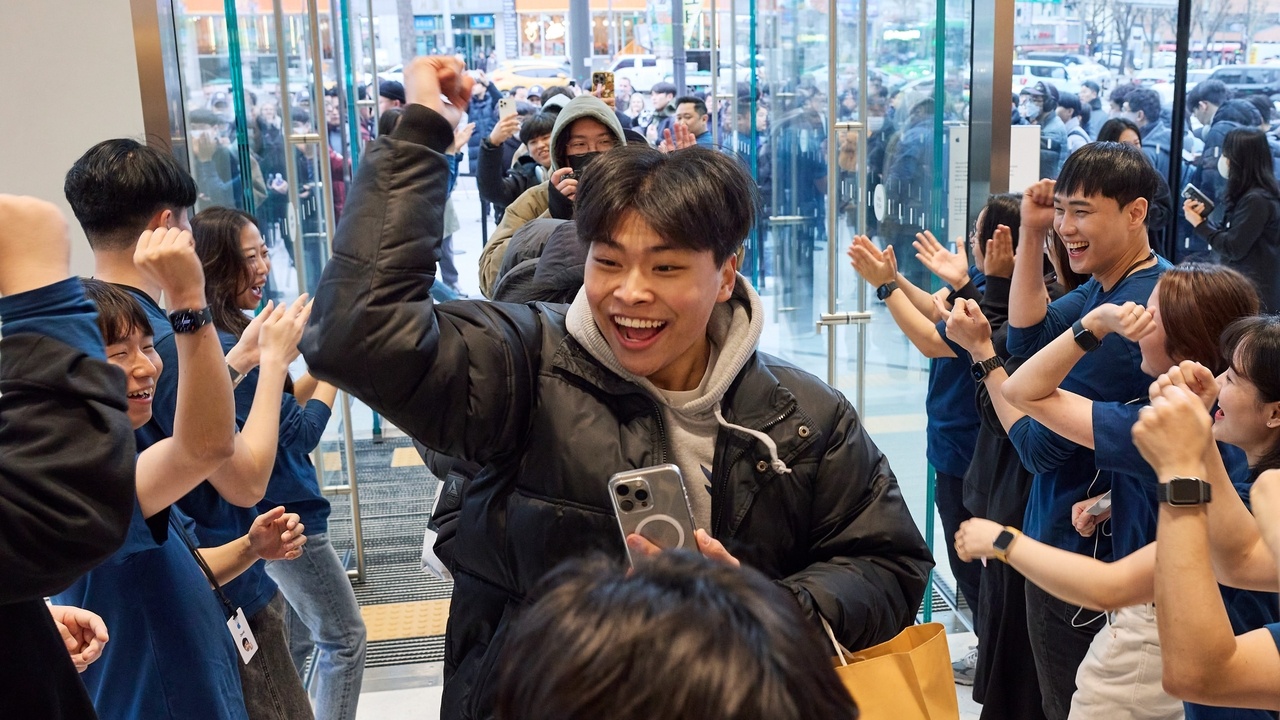 |
Currently, the list of missing features is complete, but Apple's market share in Korea is still limited. Photo: Apple. |
However, for a segment of Apple users in the land of kimchi, the lack of such features is very difficult to accept. This is most evident in the Asamo community (short for iPhone user group in Korean) on the Naver Cafe platform. With more than 2.3 million members, Asamo is a gathering place for iPhone users to find ways to overcome limitations, share usage tips and update news.
“We don’t want to criticize anything. We just want the phone to work the way it is used in Korea. Galaxy users have long been able to pay bills, take the bus, and record calls easily. iPhone users can’t. We use the same device but with half the functionality,” said Jang Soo-min, 31, a marketing specialist and veteran administrator at Asamo.
The day Apple Pay T-money officially launched, Jang was one of the first to set it up on his iPhone and Apple Watch. “This is the Korean version of the Apple ecosystem I’ve been waiting for. It’s nothing new, it’s just finally complete,” he shared.
But even with the feature list complete, Apple will still only have a 24% market share in South Korea by July 2025, according to Gallup Korea . Samsung still dominates with 72%.
“This won’t make Galaxy users switch to iPhones en masse. Those who wanted to use iPhones have been using them for a long time. It’s just that their lives are more convenient now,” said Hwang Ah-yeon of the Korea Consumer Agency.
Source: https://znews.vn/dieu-khien-iphone-luon-bi-che-o-han-quoc-post1572547.html






























![[Photo] National Assembly Chairman attends the seminar "Building and operating an international financial center and recommendations for Vietnam"](https://vphoto.vietnam.vn/thumb/1200x675/vietnam/resource/IMAGE/2025/7/28/76393436936e457db31ec84433289f72)































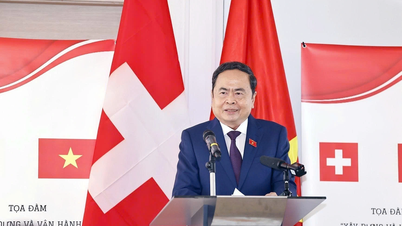




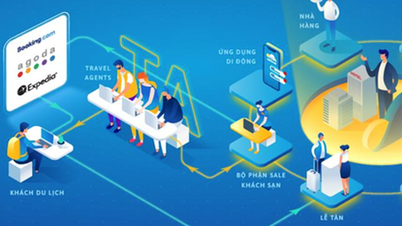

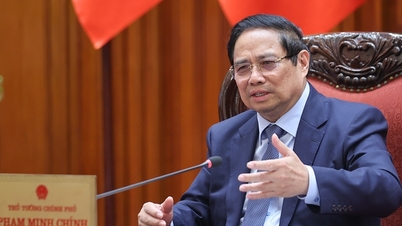





























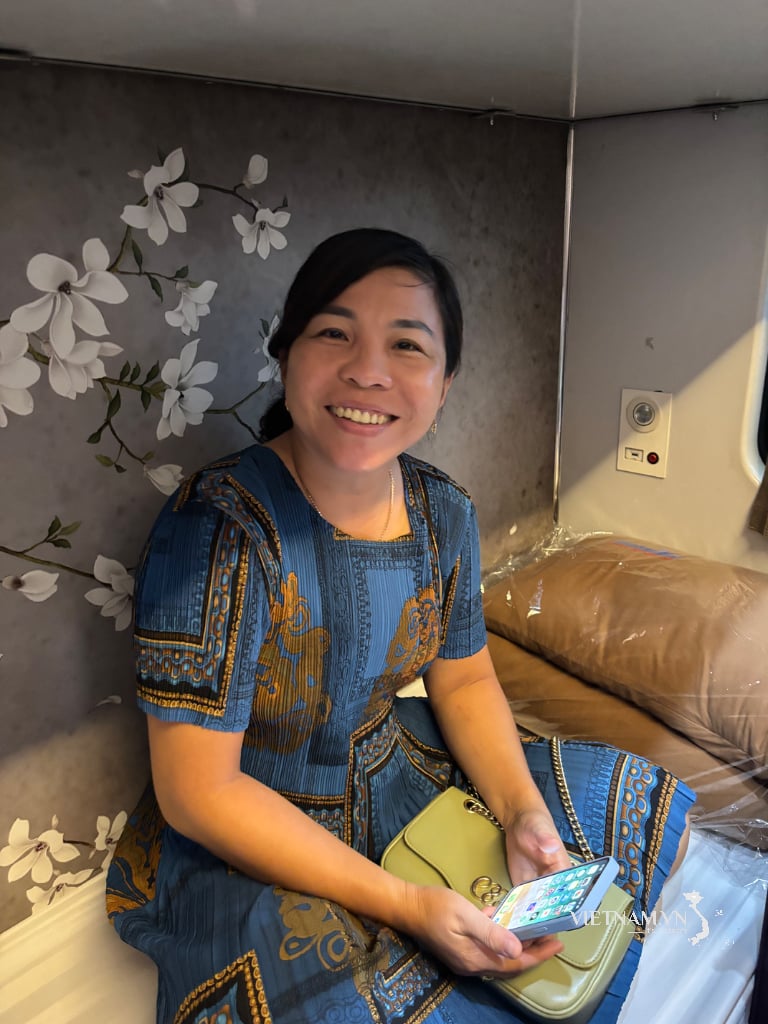
Comment (0)